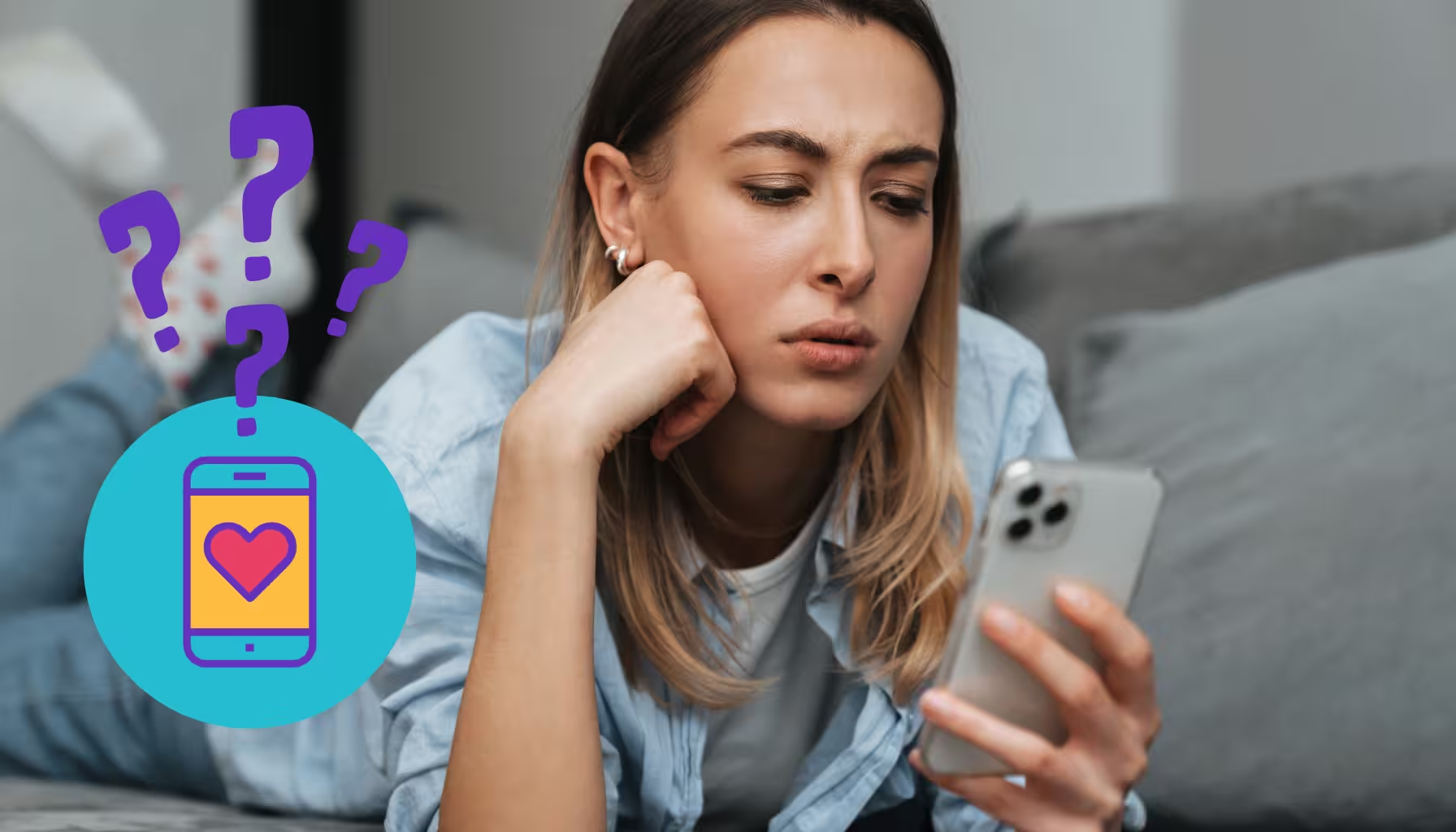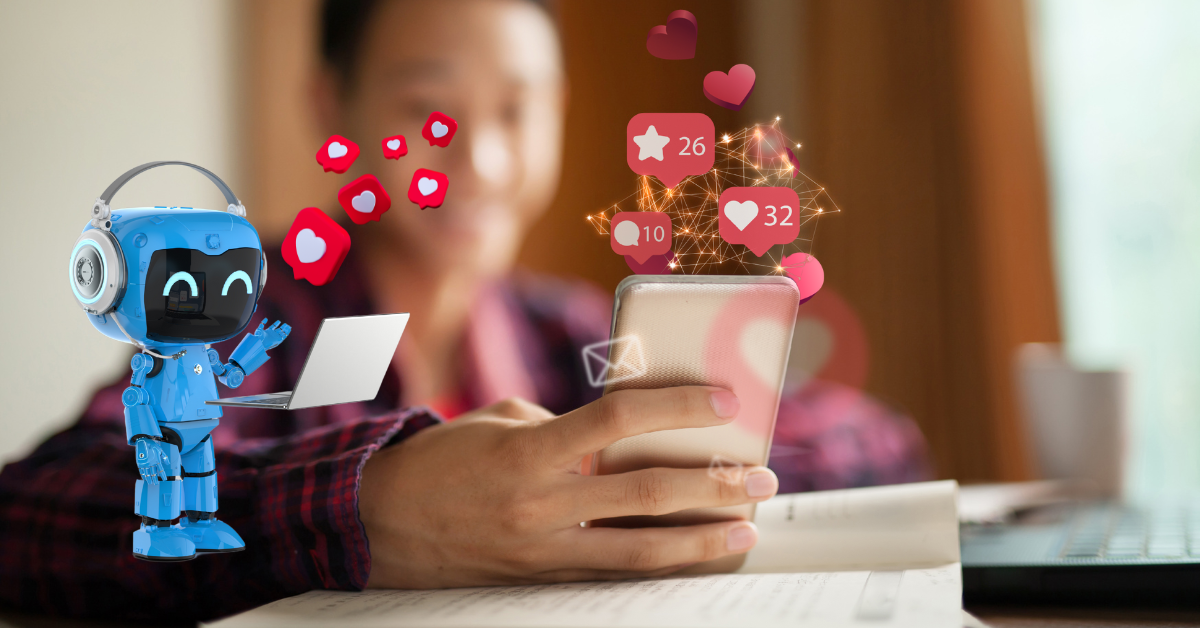Nowadays, dating is less IRL meet-cutes or setups from friends—it’s more…digital. With artificial intelligence (AI) inserting itself into pretty much every area of our lives, it’s not a surprise that it’s parked itself in our love lives as well. Regardless of whether you’re scrolling or swiping through profiles or chatting with potential matches on your go-to dating app, AI is there, working away in the background to make sure your time on the platform isn’t just a shot in the dark.
Technology has taken a lot of the guesswork out of dating. With AI in the picture, your chances of finding someone who is actually compatible with you have gotten an upgrade. Forget about leaving things to kismet—now you have compatibility algorithms searching through data to match you with someone who’s not only a fun date but possibly a perfect romantic partner!
And these clever lil’ chatbots we speak of? They’re stepping up to the plate and swinging for the fences to keep convos from stalling, giving daters prompts that can turn an awkward silence into an LOL or at least a less awkward interaction. No, they’re not replacing real human interaction, but they’re definitely making it less anxiety-inducing to break the ice and keep the chat going.
Even if it seems impersonal, technology is actually making dating more personalized—you have your own personal digital Cupid on your side, shooting off those love arrows with better aim. So, while finding love isn’t always a walk in the park, AI is helping out so when you do meet someone great, you’ve already got things in common! Let’s find out what the impact of AI on modern dating is and how it all works!
Evolution of Dating: From Personal Ads to AI Powered Apps
Dating has come a long way from the days of the personal ads hidden in the back pages of newspapers to the swipe-happy, algorithm-driven world we live in today. What started out as a secretive way for people to find love and connections has turned into a highly visible and acceptable mainstream practice, all thanks to the technological advancements made over the last 20 years.

Historical Context
The journey began in the 18th century when the very first personal ads appeared in newspapers. Back then, these ads were a novelty, usually viewed with suspicion, especially since they catered to those considered “bohemian” or “unconventional.” The early attempts at matchmaking were way different from what we see today—they were more about finding companionship or pen pals rather than a romantic partner.
As society moved into the 20th century, personal ads became more accepted and even popular among certain groups, like single servicemen during World War I. The “lonely hearts” ads became a way for people to connect during a time of widespread displacement and uncertainty. By the mid-20th century, the concept of video dating emerged—people were able to record personal messages on VHS tapes, which potential matches could be viewed in private at dating agencies.
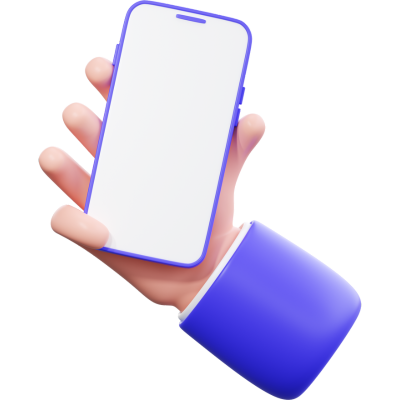
The Shift from Traditional Matchmaking to Online Platforms
The late 1990s marked a big turning point in the dating world with the advent of the internet. The first online dating websites launched in 1995 and changed how people sought relationships. Unlike personal ads that required a leap of faith, these websites made it possible for users to browse dating profiles, chat, and make connections. This shift not only expanded the dating pool but also broke down the stigma surrounding dating online.
As the new millennium approached, online dating sites became more specialized, catering to specific interests, lifestyles, and demos—we saw the introduction of niche platforms that let users connect with others who had common values or hobbies, making it easier to find compatible romantic partners!
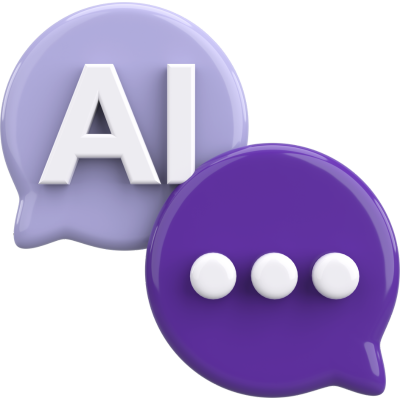
Introduction of AI into the Dating Scene
Press the fast-forward button and here we are today, and artificial intelligence (AI) has taken online dating to an entirely new level. Modern dating apps like Tinder and Bumble are not just platforms for meeting people—they’re powered by complex algorithms that are designed to predict compatibility, recommend matches, and even keep conversations going with AI-driven chatbots.
How? AI systems analyze huge amounts of data to identify patterns in user behavior, preferences, and interactions, which helps them make the most accurate match suggestions. Let’s say you consistently swipe right on a certain type of profile—the app learns from this behavior and begins to prioritize similar dating profiles in your feed. This personalized approach makes dating more efficient and tailored to each person’s particular preferences!
AI isn’t just used for making connections—it’s also for improving user experiences. From helping out so that conversations don’t fizzle out to creating more engaging profiles, AI has altered how we interact with dating apps.
Chatbots: Improving User Experience
On some dating apps, AI chatbots have moved from being an experimental feature to a central component of the user experience. They’re not just extra features; these virtual assistants are changing how users interact, find matches, and even present themselves online. As more and more singles are using dating apps to meet potential romantic partners, chatbots are becoming indispensable, guiding users through the sometimes confusing and crowded market of online dating—chatbots help streamline the experience.
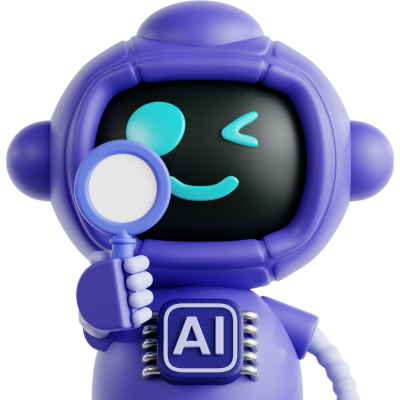
The Role of AI Chatbots in Guiding Users
Traversing dating apps can be super overwhelming, especially for those who are new to it, and AI chatbots are designed to simplify this process by acting as sort of personal guides. These bots can help users set up their profiles by giving tips on what details to include, which photos will work best, and how to craft a great bio that attracts attention. Like on Bumble, a chatbot will tell you which of your photos could increase your chances of getting more matches or recommend specific details to talk about in your bio to attract the right kind of attention!
These chatbots also give a major assist in managing interactions on the app. They can answer common questions, like how to use certain features or how to improve match quality, making the whole deal less overwhelming. And they keep users engaged by nudging them to complete their profiles or recommending potential matches based on their stated preferences. On platforms like Tinder, AI bots analyze user behavior and preferences to tailor the app experience, suggesting profiles that match the user’s past likes and swipes.
One of the most important roles of these chatbots is maintaining the flow of conversation. A lot of users struggle with starting or keeping up a conversation, which is where chatbots come in. They suggest opening lines or responses that are likely to resonate with the other person, ensuring that conversations don’t fizzle out. This feature is particularly useful for those who find it challenging to come up with witty or engaging messages on the fly. Bumble’s AI-driven concierge service is a prime example, giving personalized advice on how to better engage with matches!

Chatbots as Convo Starters & Profile Assistants
Honestly, starting up a conversation with someone new is one of the most nerve-wracking parts of online dating. But AI chatbots can help! They give you convo prompts or icebreakers that are relevant to the other person’s profile. If the match’s profile says they love movies, the chatbot will recommend an opening line that has to do with movies or prompt them to ask what their fav films are. It can make a big difference in how well the chat kicks off!
Beyond just lending a hand with conversations, chatbots also play an important role in profile optimization—users are not always sure about how they should present themselves in a way that is both attractive and real. AI chatbots inspect the elements of a user’s profile—like the choice of photos, the wording of the bio, and even the tone of their introductory message—and suggest changes that could increase engagement.
These bots are super beneficial for users who aren’t seeing the kind of engagement they want—they scrutinize data from across the platform and are able to spot patterns and suggest adjustments that are more likely to attract attention from potential matches. A data-driven approach means that users aren’t left guessing about what works and what doesn’t, making the dating experience a lot less frustrating.
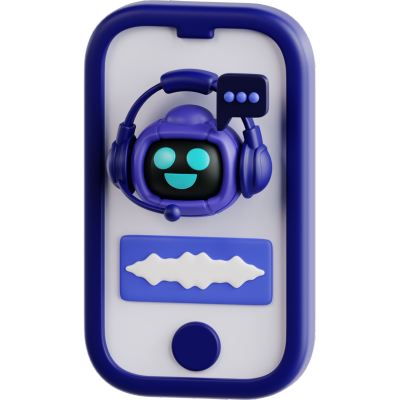
Examples of Popular Dating Apps Using AI Chatbots
- Tinder: Besides its now-iconic swipe feature, Tinder has integrated AI chatbots to help users find better matches and improve their profiles. The bots review user preferences and behaviors to recommend more compatible profiles, improving the chances of finding a match that turns into a good connection.
- Bumble: Bumble’s AI chatbots help users with everything from creating profiles to suggesting conversation starters. The app’s concierge service gives users personalized advice, helping them navigate the dating app world successfully and with more confidence.
- Hinge: Hinge, known for its focus on long-term connections, uses AI chatbots to help start up conversations. The bots suggest prompts based on the interests and personalities of matches so that conversations start on the right foot and have a better chance of developing into something real.
- Badoo: Badoo uses AI chatbots to help users optimize their profiles and improve their chances of finding a match. The bots suggest changes based on successful patterns seen in other profiles, providing data-backed recommendations that can really boost user engagement.
- YourMove AI: This app was created to assist with message crafting, helping users keep chats engaging. YourMove AI reviews the conversation patterns and suggests responses that are more likely to appeal to the other person so that the chat stays interesting.
Compatibility Algorithms: Finding Better Matches
In the search for love, the days of leaving everything up to chance are long gone—modern dating apps are harnessing the power of artificial intelligence (AI) to bring science into the mix, turning what was once a game of luck into something more precise. Compatibility algorithms, driven by AI, are at the heart of this transformation, analyzing user preferences, behavior, and even subtle online interactions to predict the best possible matches. But how exactly do these algorithms work, and what makes them so effective in finding better matches? This section explores the science behind compatibility scoring and the advanced technologies that are reshaping how we connect with others online.
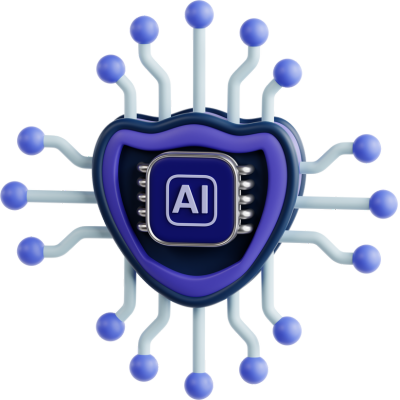
How AI-Driven Algorithms Analyze User Preferences and Behavior
AI-driven algorithms have become invaluable to modern dating platforms in terms of how matches are made—algorithms work by sifting through massive troves of data collected from users, like their personal preferences, behavior, and interactions on the platform. Every single swipe, like, message, and even the time spent viewing profiles is logged and examined to understand what a user is looking for in a partner!
The basis of these algorithms is a process known as data mining, where the system identifies patterns in user behavior. If a user always shows interest in profiles with specific characteristics—like a particular age range, interests, or even certain physical features—the algorithm learns from this behavior and starts to prioritize similar profiles in future match suggestions. A tailored approach makes sure that users are more likely to see profiles that match their preferences, increasing the chances of finding a compatible romantic partner.
And, bonus, these algorithms have the ability to adapt and evolve. As users keep interacting with the app, the algorithm is constantly refining its predictions, making the match suggestions more accurate as time goes on. Adaptive learning is a result of machine learning techniques, where the algorithm gets better at predicting user preferences via the more data it processes.
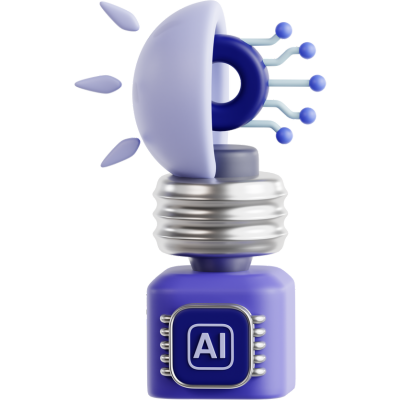
Machine Learning and Big Data in Match Predictions
Machine learning and big data are the fuel behind the impressive capabilities of compatibility algorithms. How, exactly? Well, machine learning lets the algorithms learn from user interactions and improve their match predictions without explicit programming. This means that as users keep using the app, the system becomes increasingly adept at understanding what each user is looking for in a partner.
Then big data enters the process. Dating apps collect tons of data from millions of users everywhere, including their likes, dislikes, messaging patterns, and even the time of day they are most active. This data is then fed into machine learning models that interpret it to find patterns and correlations. An algorithm will see that users who are outdoorsy tend to prefer partners who also like being in the great outdoors or that people who lean toward being couch potatoes are more likely to match well with others who share the love of a good couch.
The scale of data collected allows these algorithms to make highly personalized recommendations. By comparing a user’s data with that of others who have similar preferences, the algorithm recommends matches that have a better chance of turning into good connections. Not only does it increase the chances of finding a compatible partner but also betters the overall user experience by cutting back on the time and effort required to find a match!
Moreover, machine learning models are usually trained on historical data, which includes past matches and their outcomes. This historical analysis means the algorithm can identify what factors contribute to successful matches and what leads to mismatches. By learning from past experiences, the algorithm can hone its predictions and give users better match suggestions.
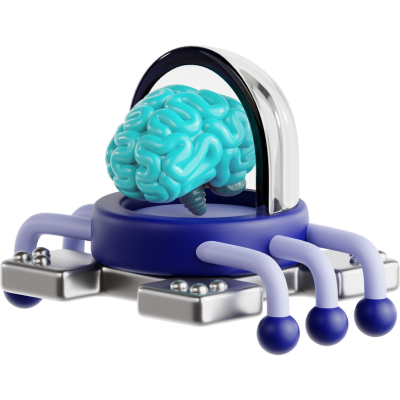
Personalization and the Science Behind Compatibility Scoring
Personalization is front and center of modern compatibility algorithms—unlike conventional matchmaking methods that rely on broad demographic info, AI-driven algorithms take a much more granular approach. They consider a host of factors, including personality traits, communication styles, and even values and beliefs, to calculate a compatibility score between users.
Compatibility scoring works by assigning weights to different factors based on their importance in successful relationships. Common values and long-term goals will be given more weight than physical appearance or hobbies. Then the algorithm calculates a score that shows how well two users match across these different dimensions. A higher score obviously means a greater likelihood of compatibility, so users are able to concentrate on the profiles that are more likely to turn into a romantic relationship.
One of the main innovations in this area is the use of psychometric analysis, which is where algorithms assess users’ personality traits and compare them with those of potential matches. This method is based on the idea that certain personality types are more likely to get along well together—a user who is highly extroverted might be better matched with someone who is outgoing and sociable, and someone who is more of an introvert will be paired up with a partner who also leans toward introversion.
The science behind compatibility scoring also extends to the analysis of communication patterns; algorithms can analyze how users interact with each other during the beginning stages of a conversation, looking at factors like tone, response time, and the topics that are discussed. By understanding how well users communicate, the algorithm can predict the possibility for a stronger connection, and can then further refine the match recs!
Some dating apps are beginning to experiment with even more advanced techniques, like genetic compatibility and DNA matching, to give an even better level of personalization. These methods, though still in their infancy, would take compatibility scoring to a whole new level by incorporating biological factors into the equation.
AI and Communication: Conversational Tools and Icebreakers
At times, online dating can feel like a job interview; only you’re applying to be someone’s significant other. You’ve got your dating profile ready; you’ve swiped right to show you are interested, and it’s a match! Now you’re staring at that blinking cursor in the DMs and wondering what the heck to say. It’s a common fear that’s left most of us staring off into space and hoping for divine inspiration or intervention. But guess what? AI-generated chat prompts and icebreakers are a little less scary and way easier! Yes, AI helps with that first exchange, but it does raise a few questions about being genuine in online communication.
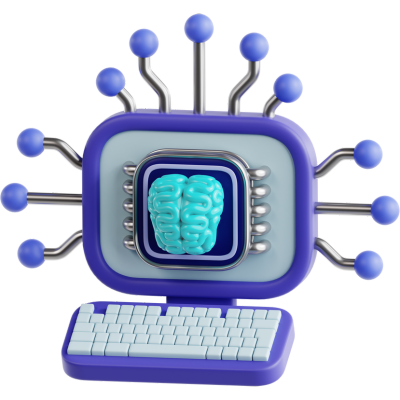
AI-Generated Conversation Prompts for Smoother Interactions
It happens to the best of us—you match with someone who seems great only to freeze up when it comes to saying something that isn’t “Hi! How are you?” This is where AI can help you out with a plethora of clever lines that are created to kick off conversations. AI-generated prompts are not just gimmicky pickup lines; they’re curated suggestions based on the other person’s profile, interests, or recent activities. If your match mentions they love to travel in their bio, the AI will give you an assist with something along the lines of “What’s the best place you’ve ever been?” It’s sort of like having a digital Cyrano de Bergerac, minus the nose and the sad backstory.
And AI prompts do more than break the ice—they can keep with the rest of the convo, too! It will recommend follow-up questions or topics that match up with both users’ interests so that the chat doesn’t go dark after the first couple of back-and-forths. This can be super helpful in dating apps where keeping the momentum is important to go from messaging to an actual IRL date. The idea is simple: the better the conversation, the stronger the connection, and the more likely it is to turn into something real.
Some dating apps have taken this concept to the next level by integrating AI chatbots that can actively participate in the conversation. These bots aren’t passive tools; they have the ability to ask questions, provide trivia, or even introduce games to keep things fun. The goal is to create a seamless chat experience where users feel comfortable, engaged, and less pressured to come up with something witty on the spot.
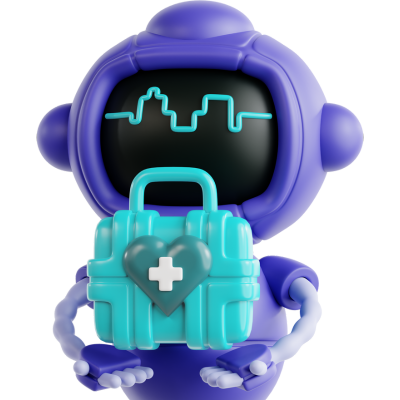
Helping Users Overcome the Initial Awkwardness
A huge hurdle in online dating is the first bit of awkwardness in the opening messages, where both parties are feeling each other out. It’s common for conversations to die out here, especially if one or both people aren’t quite sure of how to proceed. AI-generated prompts take some of that pressure off with suggestions that feel natural and help users get past that weird starting point.
AI tools can also help users who are on the shy side or aren’t as confident in their communication skills. For someone who struggles with social anxiety, the thought of starting a conversation with a stranger can be paralyzing, and AI-generated prompts provide a safety net with a starting point that doesn’t feel forced or awkward. This can be incredibly empowering, giving users the confidence to engage more freely without the fear of saying the “wrong” thing.
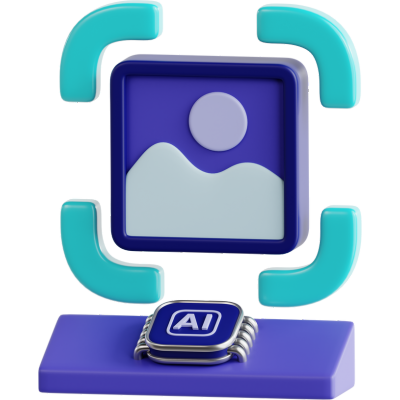
Potential Downsides: Authenticity Concerns
While AI has undoubtedly made online communication easier, it’s not without its drawbacks. One of the biggest concerns is authenticity—how genuine can a conversation be if it’s being partly driven by a machine? Some users might feel that AI-generated prompts, while helpful, take away from the personal touch that makes dating special. There’s a fine line between a helpful nudge and a conversation that feels scripted, and it’s a line that AI can sometimes cross.
There’s also the risk of over-reliance on AI. If users become too dependent on these tools, they could struggle to communicate naturally when the AI isn’t there to help. This could get awkward later on, especially if the conversation moves off the app and into real life. After all, there won’t be a chatbot to help you out on a first date, and the last thing anyone wants is for the conversation to stall because the AI training wheels have come off, and you aren’t confident on a two-wheeler yet.
And a lot of users can feel uneasy about the thought of their interactions being probed and manipulated by an algorithm. Even if the AI is just trying to help, there is something unsettling about knowing that your conversation is being steered by a set of rules and data points. Certain users may feel a sense of distrust or discomfort, particularly ones who want authenticity and spontaneity in all of their interactions.
Then there’s the ethical question of whether AI should be involved at all in something as personal as dating. Yes, AI tools can certainly improve the user experience, but they also bring up important questions about privacy and consent. Users might not be fully aware of how much of their data is being used to generate these prompts or how much influence the AI has over their interactions. A lack of transparency is problematic, especially if users feel that they’re being manipulated by the technology rather than genuinely connecting with another person.
Data Privacy and Ethical Considerations
Dating app users entrust apps with some of their most personal info, from their match preferences and interests to their DMs. But with this trust comes a big responsibility for dating apps to protect user data and use it ethically. As AI-driven matchmaking becomes more sophisticated, the handling of sensitive data and the transparency of these algorithms are more important than ever. This section delves into how dating apps manage user data, the ethical challenges posed by AI in matchmaking, and the need for transparency and fairness in algorithmic decisions.
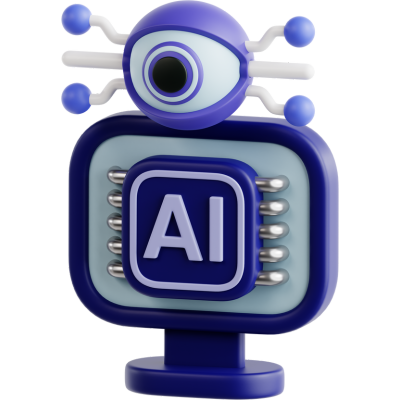
How Dating Apps Handle Sensitive User Data
When you sign up for a dating app, you’re not just sharing a profile picture and a bio—you’re giving away a lot of personal info that goes way past the basics. Dating apps collect data on your preferences, your swiping and scrolling habits, the messages you send, and even your location. All of this data is used to improve your chances of finding a match, but it also raises a lot of concerns about privacy!
Dating apps always promise to protect this sensitive info through encryption and other security measures—but the fact is that data breaches are not super uncommon, and when they happen, the consequences can be bad. In 2020, a major dating app experienced a breach that exposed the personal data of millions of users, including their sexual orientation, location data, and private conversations. Eek! These kinds of incidents show the importance of strong data protection measures and the need for users to be aware of the possible risks that are involved when they share their personal info on these platforms.
Along with the risk of breaches, there’s also the question of how this data is used. Dating apps use the data they collect to target users with ads or to sell to third-party companies, which raises red flags in terms of consent and whether users are even aware of how their data is being monetized. Most dating apps do include these details in their privacy policies, but who actually reads the fine print? The docs are long and use complicated language, so it’s hard for the average user to understand what they’re agreeing to.
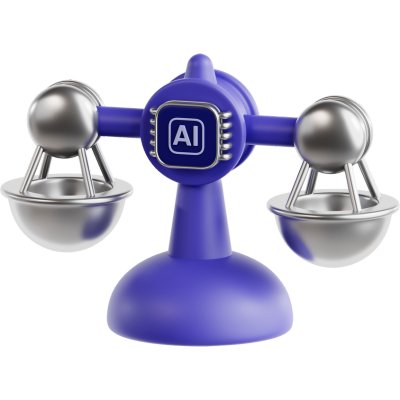
The Ethical Impact of AI-Driven Decisions in Matchmaking
As AI becomes more integrated into dating apps, it’s not only about finding a match anymore—it’s also about how that match is determined. AI-driven matchmaking algorithms use a variety of data points to recommend potential romantic partners, from your swiping or “liking” behavior to the words you use in your messages. Sure, you’ll get more accurate matches, but there are ethical questions surrounding how these decisions are made and who gets to make them!
A major ethical concern is the possibility for bias in these algorithms—AI systems are only as good as the data they’re trained on, and if that data has biases based on race, gender, or other factors—those biases will affect the matchmaking process. If an algorithm is trained on data that disproportionately favors certain types of users, it will end up reinforcing those biases, resulting in a less diverse and inclusive dating space.
We can’t dismiss the issue of algorithmic transparency! Users have an absolute right to know how these algorithms work and what factors are being considered in making match recommendations. Yet all dating apps keep their algorithms under lock and key like national security level guarded secrets, so it is impossible for users to understand why they’re being matched with certain people. A lack of transparency is never a good thing for trust in a platform or concerns about fairness.
The last ethical consideration is the impact of AI on user autonomy—when it makes decisions about who you should or shouldn’t date, AI can subtly influence your choices in ways you might not even realize! The recommendations are usually helpful, but they can also limit your options or nudge you toward certain kinds of matches based on what the algorithm thinks is best rather than what you might actually want. This brings up some questions about how much control users really have over their own dating experiences.
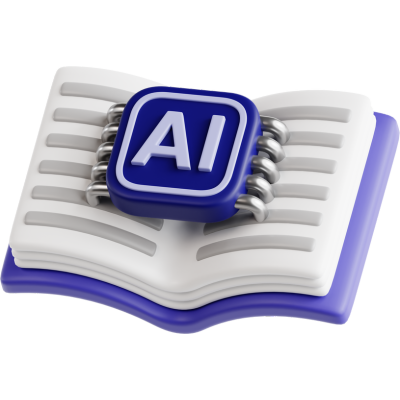
Transparency and Bias in Algorithms
Like we mentioned earlier, the algorithms that power dating apps are cloaked in mystery, leaving users in the pitch black about exactly how their matches are being chosen, and this is problematic for several reasons. First, it makes it difficult for users to understand why they’re being shown certain profiles and not others. Without this understanding, users might feel that the system is arbitrary or even biased.
And bias in algorithms is a thorny issue! Since AI systems learn from the data they’re given, the data shows societal biases—like racial or gender biases—and those biases will be baked into the algorithm. If a dating app’s algorithm is trained on data that shows a preference for certain racial groups, it will end up favoring those groups in its match recommendations. This perpetuates inequalities and means a less diverse dating pool.
To address these issues, some experts advocate for more transparency in how dating algorithms work. This could look like giving users more info about the factors that are being considered in match recommendations and allowing them to adjust these factors according to their preferences. In the application, users could be given the option to prioritize certain traits in a potential match, like common interests and beliefs, over others, like physical appearance or location. This would give users more control over their dating experience and help mitigate the impact of any biases in the algorithm.
There’s a growing movement for ethical standards in the development of AI-driven matchmaking algorithms—guidelines for guaranteeing that these systems are fair, transparent, and accountable. Developers should be required to audit their algorithms for bias on a regular basis and take steps to correct any issues that they find. They should also be more transparent about how user data is being used and give users more control over their data.
The Future of AI in Dating
The dating app world is always changing, and AI is at the front of the pack—as technology continues to move forward at light speed, the possibilities for AI in dating extend way past just matching profiles based on shared interests. Next-gen AI promises even more sophisticated tools to the dating world, integrating new technologies like virtual reality (VR) and augmented reality (AR) while also trying to balance human intuition and AI precision. What’s in the future for AI in dating? Look below to see!
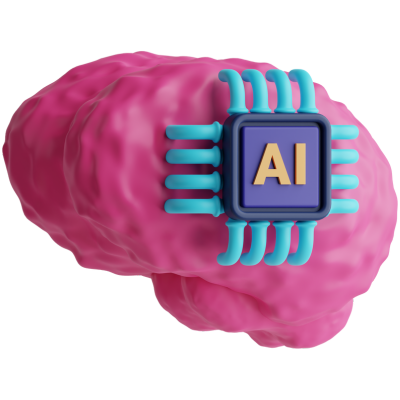
Predictions for Next-Gen AI in Matchmaking
The next generation of AI in dating is expected to push the boundaries of what’s possible, moving from simple algorithms to highly advanced systems that can understand and predict human wants with unprecedented and almost scary accuracy. One of the main areas of development is emotional AI, which would interpret and respond to users’ emotions instantly. By analyzing facial expressions, tone of voice, and even biometric data like heart rate, future AI could make more nuanced match recommendations that go farther than common interests—it could include emotional compatibility.
Another big development will likely be the integration of AI-driven personality analysis. Current AI systems already analyze user behavior to some extent, but future iterations could go even deeper into psychological profiling, using data from social media activity, communication styles, and even past relationships to create a more holistic picture of what users want and need in a romantic partner. This could mean more accurate and compatible matches, as the AI would not only know what a user says they want but also intuit what they may not realize they need.
We can also expect AI to play a bigger part in the ongoing relationship, not just in the matching phase. AI could act as a sort of relationship coach, doling out advice and insights based on the interactions between you and your partner—everything from suggesting date ideas to helping you through conflicts, all personalized to the specific dynamics of your relationship. This will sound intrusive to some people, but others might welcome it as a form of support.
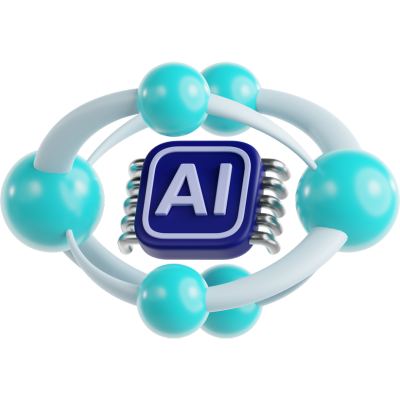
Integrating Virtual Reality and Augmented Reality into Dating
As AI keeps advancing, its integration with virtual reality (VR) and augmented reality (AR) will once again change up the dating experience. VR and AR give users immersive environments where they can interact in ways that are much more lifelike than text or video chats. You can go on a virtual date where you and your partner explore a simulated (but realistic) place together—it could be a tropical island paradise, a bougie restaurant in another country, or a fantasy world of your own making. These experiences make long-distance relationships a little less painful and let users “meet” before deciding if they want to hook up out here in the real world.
AI is able to improve VR/AR experiences by creating personalized environments based on the preferences of the users. Let’s say both people love rock climbing—the AI could generate a virtual mountain for them to scale together. It’s not only fun, but gives people a much better sense of one another’s personalities in a way that texting or video calls can’t touch.
On top of that, AI would be able to use immersive environments to study interactions in real-time and then give feedback or make adjustments to the experience based on how the date is going. If one person seems nervous, the AI could change the environment to something more laid back, releasing the pressure valve and making the experience more enjoyable.
As for AR, it could be used in real-world scenarios to improve physical dates. How? An AR app could give users date suggestions instantaneously based on your location and preferences, or overlay fun elements into your surroundings—you could see virtual hearts flutter around your date or get pop-up suggestions for conversation topics. It’s a blend of the digital and physical worlds that could add some bonus creativity to dating!
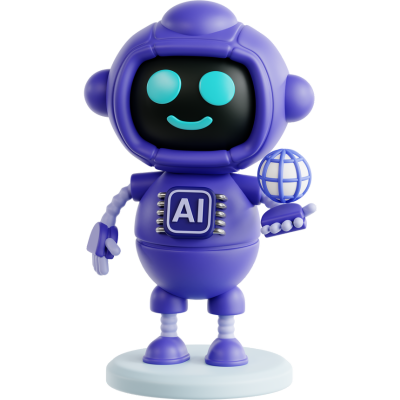
The Balance Between Human Intuition and AI Precision
We believe that AI offers incredible precision and personalization, but there’s a caveat—you cannot forget that dating is ultimately a deeply human thing. The obstacle for future AI systems will be finding a decent balance between leveraging said technology while holding onto the spontaneity and intuition that make dating what it is supposed to be—fun and special.
The biggest criticism of AI in dating is that it feels too clinical or impersonal (i.e., robotic), making the process of finding love a series of data points and algorithms. Future AI systems will have to address this by verifying that they are adding to rather than replacing human intuition. Giving users more control over how the AI operates and letting them adjust the level of AI intervention based on their comfort level would go a long way to quiet these objections.
Users could opt to use AI for initial match suggestions but then handle the conversations and interactions themselves without any AI input. Alternatively, the AI could offer suggestions that users can choose to follow or ignore, giving a balance of guidance and autonomy, an approach that respects the user’s agency while still giving them the benefits of AI precision.
Finally, the future of AI in dating is likely to have a bigger concentration on the social and ethical implications of these technologies. As AI becomes more integrated into our personal lives, we have to think about important issues like privacy, consent, and the potential for bias. Developers have to create systems that are not only technically advanced but also socially responsible, making sure that AI is used to improve human connections rather than undermine them.
Next-gen technologies give users new ways to connect, interact, and build relationships. From advanced matchmaking algorithms to immersive VR and AR experiences, the possibilities are amazing. And if we find the right balance between AI precision and human intuition, the future of dating could be one where technology betters our ability to connect on a stronger level without losing the magic of spontaneity and personal connection!
Conclusion
AI is def changing the dating game, but let’s face facts—the sparks really fly when you’re being yourself. Yes, AI can absolutely help out in finding someone who ticks all of your boxes on paper, but the real fun starts when you add in that good ol’ human unpredictability. So, while AI can handle the heavy lifting, you should focus on having fun and making connections!
AI is changing up the dating game, but never forget that the best connections come from real human interactions. AI can guide the process, but it’s those IRL moments that make dating special. So use the tech, but don’t ever lose sight of the human touch that makes love worth it.
